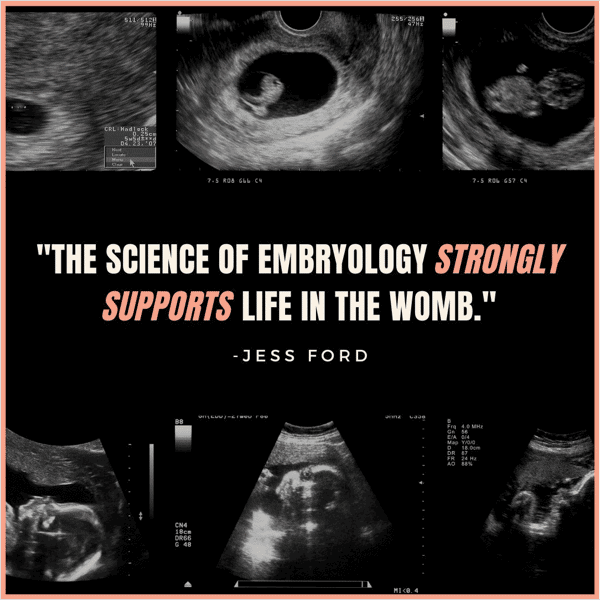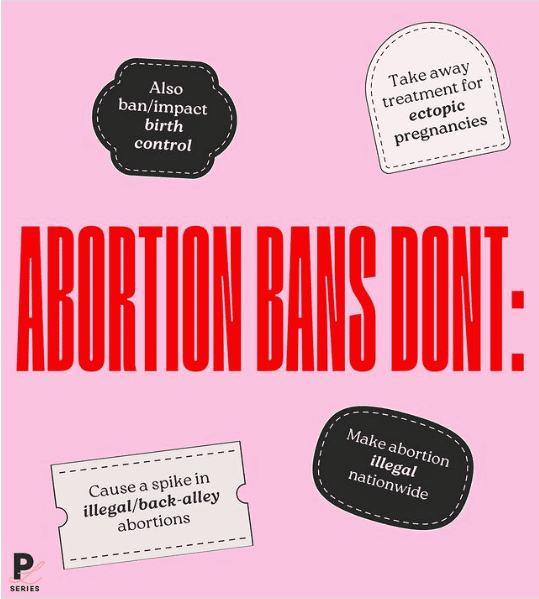History of Abortion
Early Years
- In the mid-to-late 1800’s, all states passed laws making it illegal to perform or attempt to perform an abortion. These laws were supported by the medical community, which noted abortion’s moral implications and danger to women. New ultrasound technology also provided a window into the womb, showing physicians that there was life before birth.
- During this time period, notable activists in the women’s suffrage movement, such as Susan B. Anthony and Elizabeth Cady Stanton, spoke out against abortion in their efforts to protect women and children.
- Because most abortion was illegal, the term “back-alley abortion” became slang for illegal abortions.
Legalizing Abortion

In 1959, efforts to liberalize state abortion laws were mounting, and model legislation to legalize abortion in limited cases was proposed at the state level. Abortion advocates often cited as many as ten thousand illegal abortion deaths each year as reason for legalization. However, statements from those on the forefront of this movement reveal that this number was, at best, unsubstantiated and, at the worst, purposefully exaggerated.
Another argument for legalizing abortion was that it would enable licensed physicians — rather than unlicensed amateurs — to commit the act. However, in 1960, before abortion was legal, Mary Calderone, former president of Planned Parenthood, wrote that trained physicians performed “90% of illegal abortions.”
State and National Laws
- In 1968, Colorado, California, North Carolina and Oregon reformed abortion laws to allow abortion in some cases.
- Between 1969-1970, a dozen other states followed suit.
- On January 22, 1973, the U.S. Supreme Court struck down every state abortion law through two rulings Roe v. Wade and Doe v. Bolton.
Current Status
Is Abortion Legal?
On June 24, 2022, the Supreme Court ruled that abortion is not a constitutional right in Dobbs v. Jackson Women’s Health Organization. However, in contrast to the blanket legalization of abortion set forth in Roe, the recent Dobbs decision simply turns the choice of allowing abortion back to the states. American abortion procedures have not stopped. But fortunately, citizens can now vote on the issue – something Roe wouldn’t allow.
The country is currently split. While half the states are leaning toward or have already implemented legislation banning abortion, others have moved to actually expand abortion rights. Some are even going so far as to label themselves “abortion sanctuaries.”
Most states do not have abortion bans in cases of rape, incest or life of the mother.
Contraception
The recent Supreme Court ruling does not impact contraception. Hormonal contraception prevents conception, it does not remove life already present in the womb. Abortion is the taking of a life. Contraception and vasectomies do not apply to the fight for preborn rights because they prevent pregnancy rather than end it. Claims that the recent Supreme Court ruling will somehow open the door to outlawing contraception are wrongfully instilling fear.
The Morning-After Pill or Plan B can cause a very early abortion by thinning the lining of the uterus, making it harder for an embryo to implant in the uterus. This is an abortion and not the same as hormonal birth control.
Current Abortion Facts
- The annual number of reported abortions in the United States is between 600,00 and 900,000. The number of abortions peaked at 1.4 million in 1990, and have steadily declined since then.
- About one in four women will have an abortion by the time they are 45.
- The main reasons for abortion are education, finances and work.
- The majority of abortions are administered through the abortion pill.
- The current treatment for a mother’s life endangerment through an ectopic pregnancy is not considered an abortion, and is therefore still legal in all 50 states.

The post Abortion: The Issue appeared first on Focus on the Family.
Continue reading...





